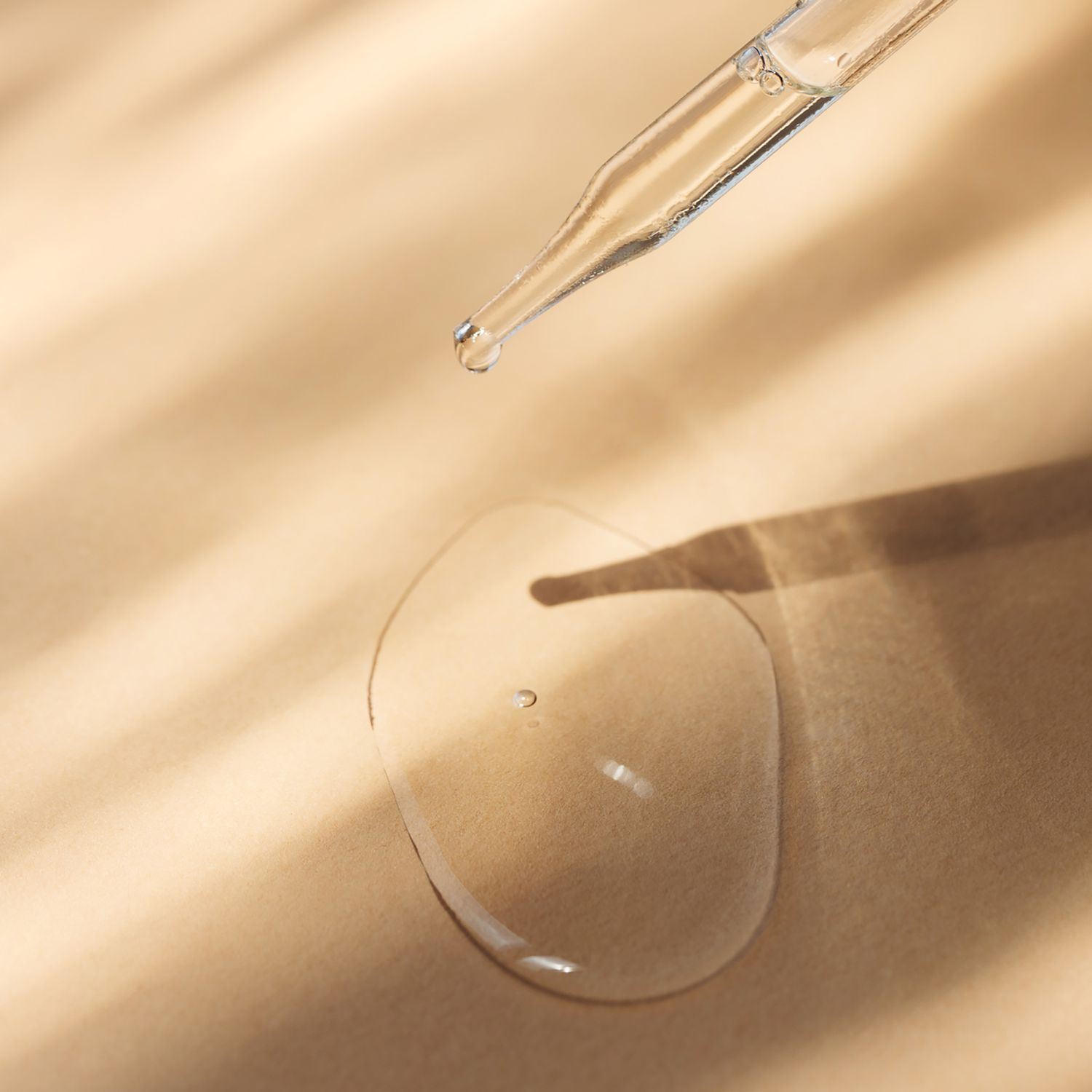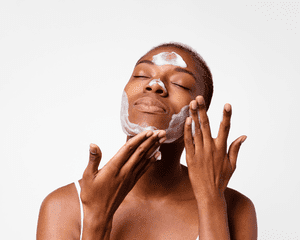
Tawni Bannister / Byrdie
Ever wonder how some people leave a facial with the most gorgeous glow you've ever seen? Or how their makeup sits so flawlessly on their skin in the days after it seems like they're wearing a filter? Chances are, they've had a dermaplaning treatment. Dermaplaning is a non-invasive treatment that involves using a sharp tool to exfoliate the surface of your skin while also removing short, fine hairs.
But what happens if you've got dry, sensitive skin that may not react well to exfoliation? Enter: oilplaning. Dermaplaning 2.0, oilplaning is essentially dermaplaning with a layer of facial oil added on to protect the skin. We asked board-certified dermatologists Aanand Geria, MD, and Lauren Penzi, MD, to spill all the details on oilplaning, including who is a candidate and how to do it right. Read on for what they had to say.
Meet the Expert
- Aanand Geria, MD, is a board-certified dermatologist based in Verona, New Jersey.
- Lauren Penzi, MD, is a board-certified dermatologist based in New York City. She specializes in medical and cosmetic dermatology.
What Is Oilplaning?
Think of oilplaning as dermaplaning's hydrating sister, ideal for dry, sensitive, or mature skin. "The goal of oilplaning is the same as dermaplaning, which is to remove peach fuzz from the face by shaving, exfoliating the top layer of the skin so that the complexion has a smooth, dewy look," says Geria.
"When applying makeup, the aesthetic effect is smoother and brighter," he continues. "The key difference with oilplaning is that before shaving, one applies oil, which functions as a barrier so that the face is not as likely to be injured while shaving. Just as one uses shaving cream, oil, or gel, using an emollient-rich facial oil helps protect the skin’s barrier and reduce the risk of nicks and irritation."
Benefits of Oilplaning
Like dermaplaning, the benefits of oilplaning include exfoliation, hair removal, and glowy skin.
"Unlike traditional dermaplaning that does not employ a pre-treatment oil, the addition of oil allows for a smoother glide of the blade across the skin," notes Penzi. "This [leads to] less resistance, less irritation, and less chance of injury."
Beyond the benefits during the treatment itself, the post-treatment benefits can last for weeks. "When done approximately once every three weeks, this is a way to diminish blocked pores, take off the dead skin cells on the skin’s surface that cause a dull appearance, allow for faster cell turnover, and produce a glowing, brighter, and smoother appearance," says Geria.
Risks of Oilplaning
While oilplaning is generally safe, it's important to make sure it works for your skin type and is executed properly. "When done at home, there is room for user error," Geria notes. "If the face isn’t properly cleansed and there is dirt, oil, or makeup on the skin, it can cause the dermaplaning blade to slip and nick the skin, spreading debris and bacteria."
It's also important to understand your skin type and if you are sensitive to oil. "If a person does not assess their skin correctly and oilplanes on eczema or acne, this can be problematic," Geria adds. On that same note, dermaplaning on an oily surface can cause the oil to get occluded into the pores, which could lead to an acne-type breakout, Penzi notes. The smooth, slick surface can also theoretically increase the chance of cutting oneself with the blade.
How to Oilplane
The experts agree: Oilplaning can be done at home if performed properly, with the correct tools and knowledge. "Oilplaning can either be done at home, by an aesthetician, or by a medical professional," Penzi shares. "After removing all your makeup and cleansing the skin, apply a generous amount of oil. Pull your skin taut for tension and make short, gentle, downward strokes with the dermaplaning blades to remove the surface vellus hairs and the top dead layer of skin. Be sure to move the blade in the direction of your hair growth, not against it. Popular choices for oil include squalene, argan, and jojoba."
Geria offers three rules for oilplaning at home:
- Get approval from a board-certified dermatologist that you are a proper candidate for oilplaning.
- Practice sterility and cleanliness of products and skin; it is imperative to use a clean blade and only shave over a section of the face once.
- Be careful
He adds that the chosen oil should be non-comedogenic and that typically, the device you use should be held at a 45-degree angle. Be cautious near the hairline and eyebrows so as not to remove hair, and make sure to moisturize when you're done.
Alternatives to Oilplaning
When it comes to facial hair removal, there are a few options. Laser hair removal can be explored as a more permanent solution. Or, of course, you can let the peach fuzz thrive as is.
When it comes to exfoliating the skin for glowy, hydrated, results, there are many alternatives to oilplaning. "To achieve smooth, soft skin, there are other things to consider," Penzi shares. "In terms of topicals, retinols and retinoids can provide smoother skin and tighter pores. Procedures such as microneedling, radiofrequency microneedling, and resurfacing lasers like Fraxel and CO2 are also great ways to achieve smooth skin with an even tone and texture."
If you prefer options that can be done from the comfort of your own home, "you can exfoliate through scrubs, peel-off masks, or pads containing glycolic or beta hydroxy acid," adds Geria.
The Final Takeaway
If you're already a fan of dermaplaning and have dry or sensitive skin, this is your sign to discuss oilplaning with your dermatologist or aesthetician. The experts agree that mature skin is also typically a great candidate for this treatment. On the flip side, "avoid oilplaning if you have active acne, cystic acne, flaky or inflamed skin, eczema, psoriasis, rosacea, or dark, coarse facial hair," Geria notes. And don't overdo it: "Every three weeks is the maximum," he adds.
Understanding your skin type is important for oilplaning or any skin treatment, and it is always recommended to work with an expert to ensure your skin is happy, healthy, and safe.




